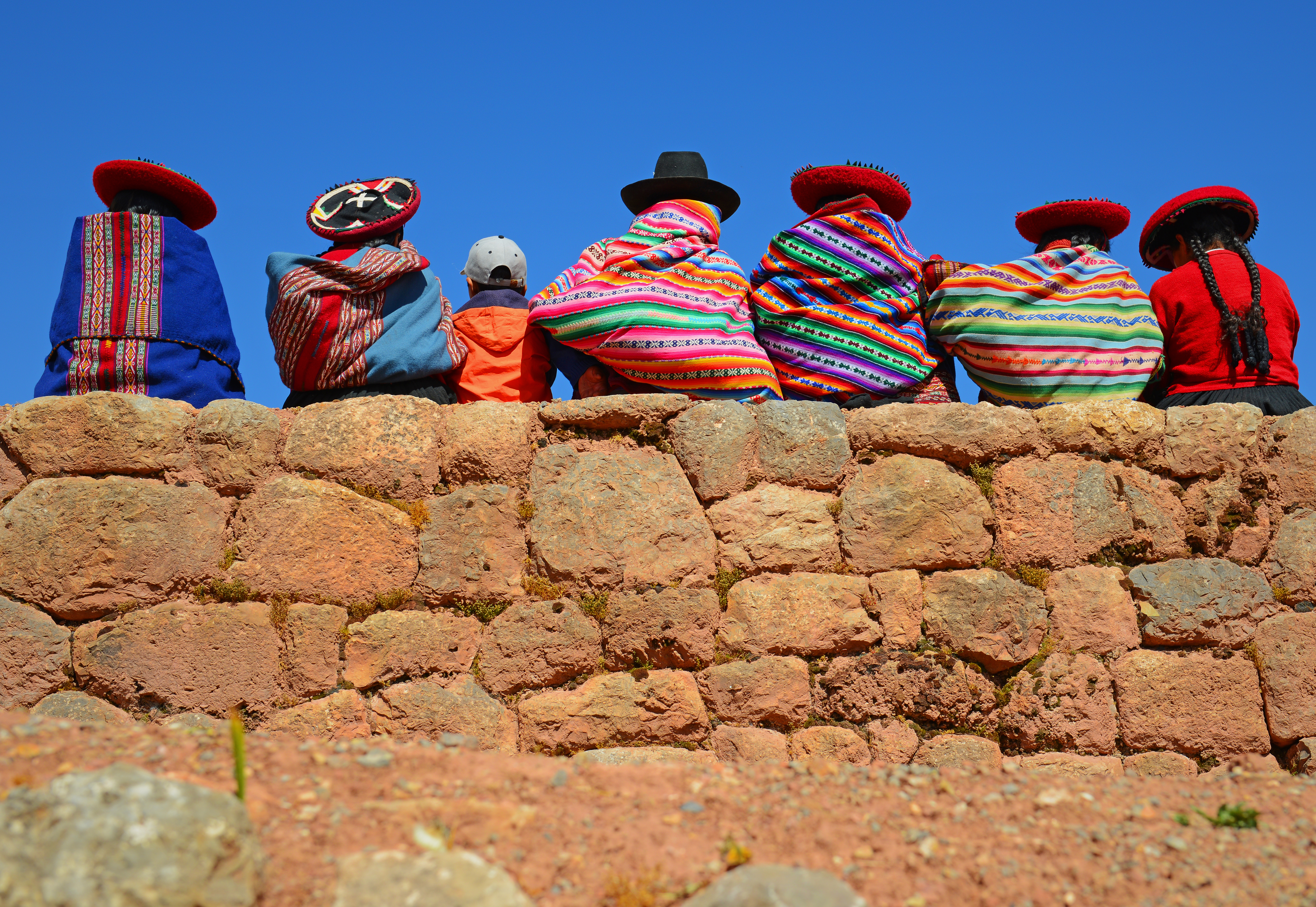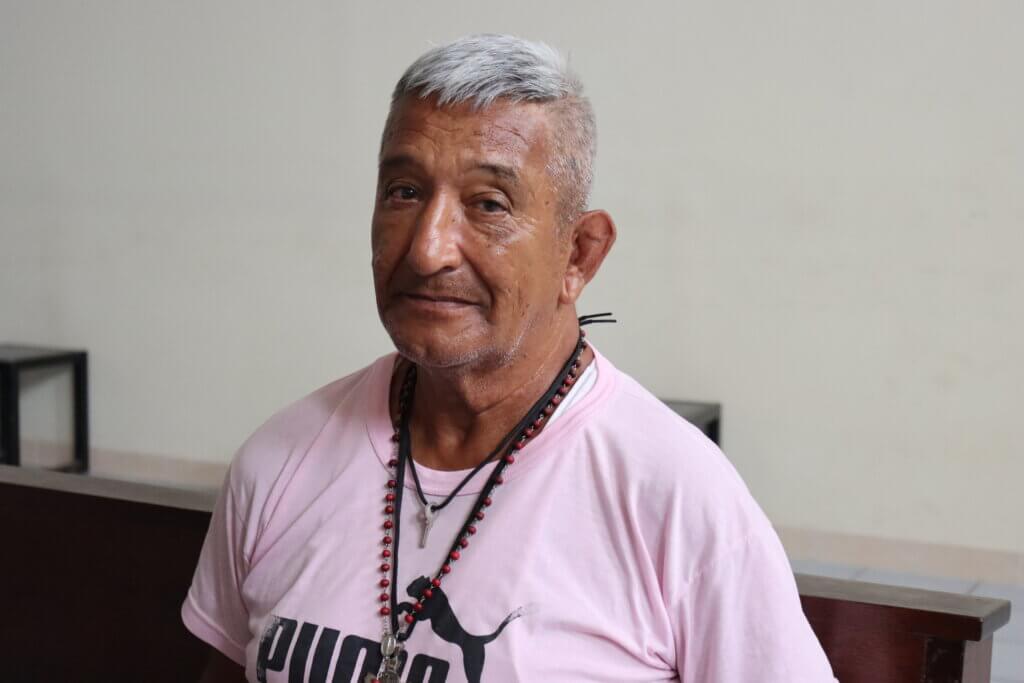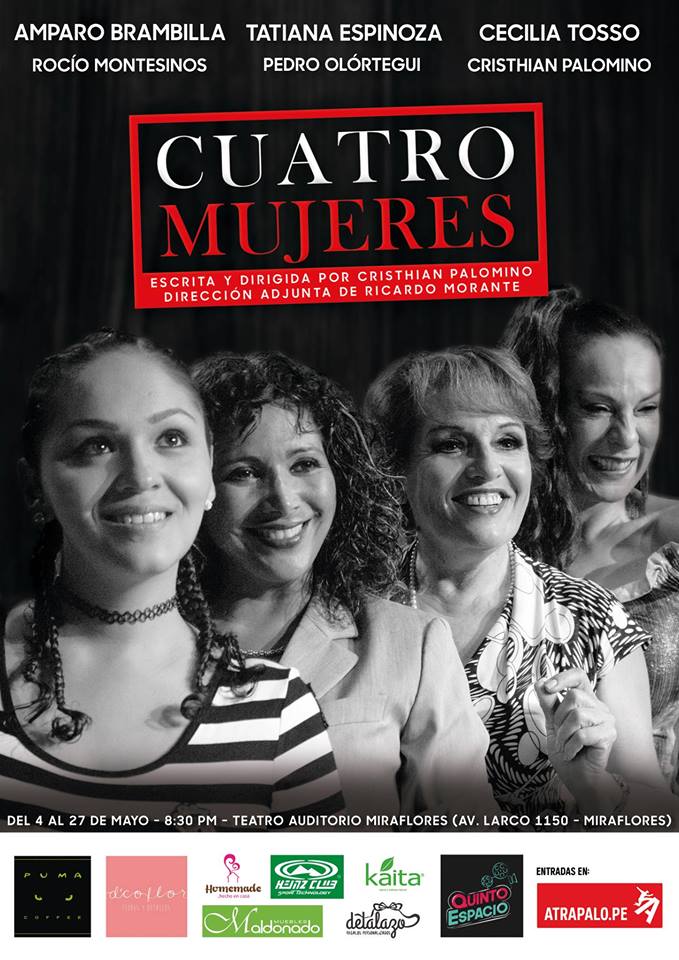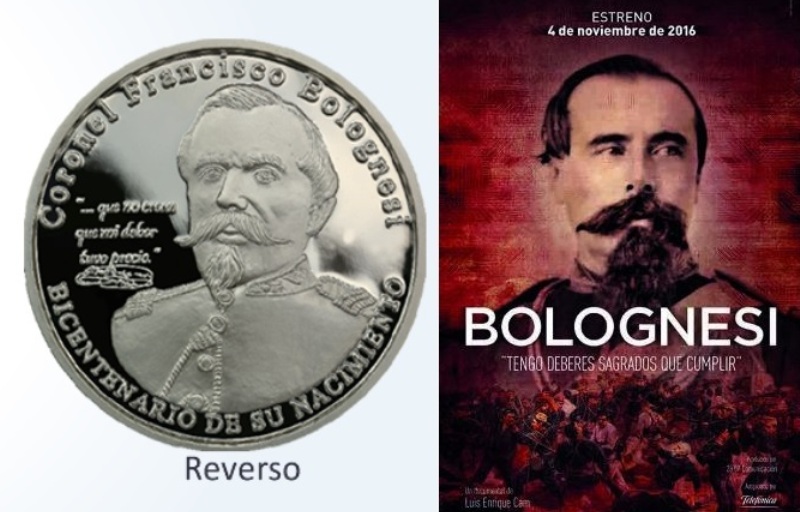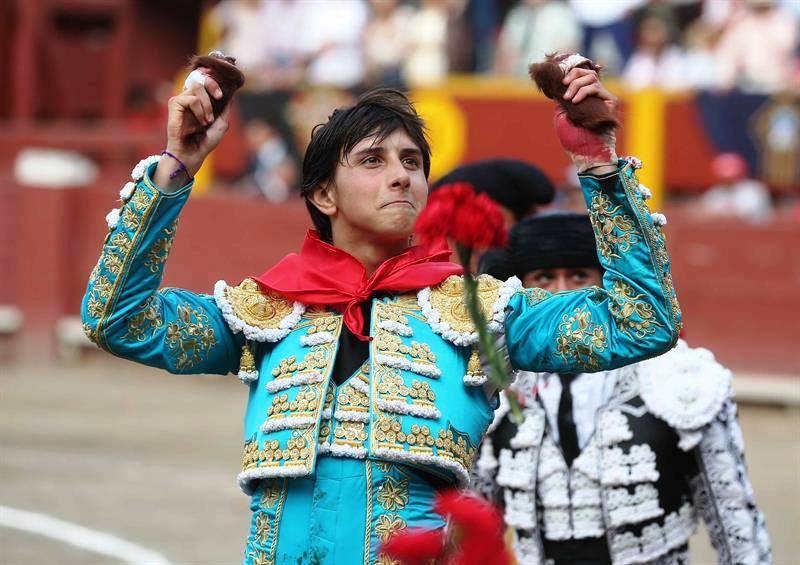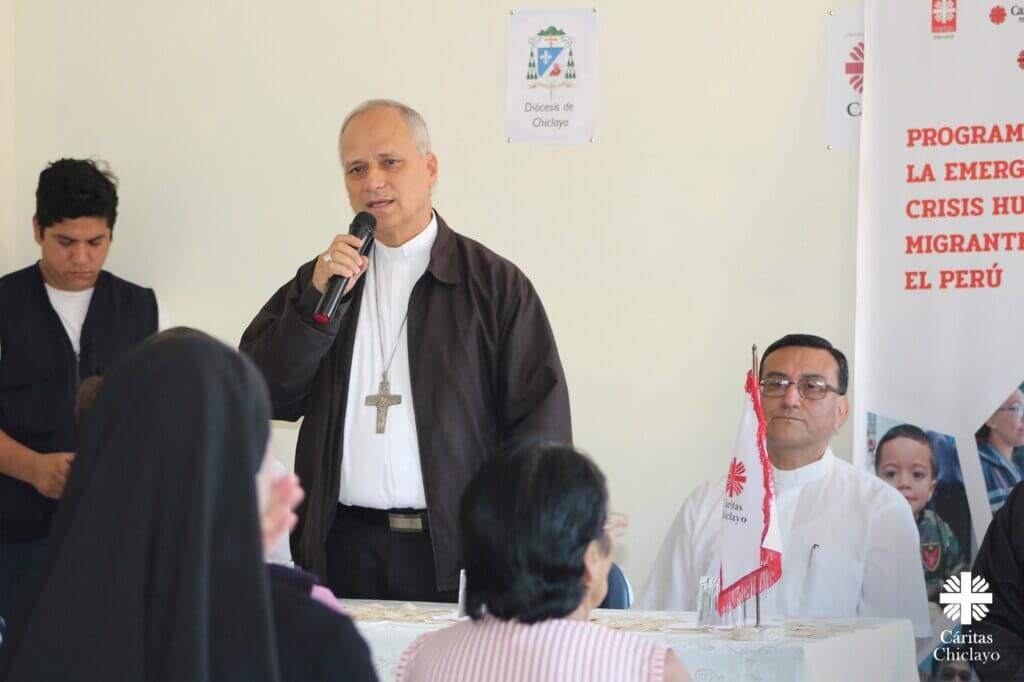The results of Ipsos’ National Survey of Cultural Diversity and Discrimination have been released today by the Peruvian Ministry of Culture and they show a bleak representation of how the indigenous populations of Peru are treated.
Reina Uzcátegui Oviol, head of the ministry’s Cultural Diversity department, delivered the results of the survey on Cultura24.tv this morning. She defined racism as “the negation of equality of humanity,” which has a complicated array of causes but said that its strongest roots were in colonialism when different groups of people were assigned different levels of worth.
Today, centuries after Spanish colonialism, we are still seeing the effects of this marginalisation of certain members of society. A 2013 survey carried out by the Ministry of Education showed that 81% of the population agreed that discrimination happened all the time and that nothing was being done about it. This state inactivity is also mentioned in the recent Ipsos survey, covered in Spanish speaking news site La Republica, as only 17% of Quechua and Aimara groups believe that the state protects and promotes their customs.
Peru has a rich cultural history with indigenous people from the Amazon regions, the Andes regions and Afro-Peruvians, whose ancestors were brought to Peru during the slave trade era. There is also an incredible richness of language, with the Ministry of Education numbering the different languages being spoken in the country at 47. However, some of these languages are in danger of being wiped out, but not in the way you would think.
The amount of people who speak indigenous languages is diminishing, not because young people are choosing to reject their language, but because their parents simply aren’t teaching it to them. Alfredo Luna, the Vice-Minister of Cross-Culturalism at the Ministry of Culture, spoke to La Republica about this phenomenon.
“The amount of people speaking Quechan has been clearly decreasing not out of choice, but by their parents’ and grandparents’ decision, so that their children won’t be mistreated, and so that they will have better opportunities in life,” Luna said. “We are seeing the results of a normalisation of discrimination in our society.”
This conscious choice to move away from customs is a direct result of the negative way in which people from different ethnic backgrounds are treated in the country. La Republica’s coverage of the survey states that 25% of Amazonian populations agree that their children don’t follow their customs to avoid discrimination, which they as parents have also experienced. Twenty percent of Andes populations agree with this, along with 21% of Afro-Peruvians.
Seven percent of Afro-Peruvians polled affirmed in the survey that they felt no pride at all in their cultural heritage or traditions.
The discrimination experienced by these people is not just an isolated case or two, but is much more ingrained into the culture. According to those who had been surveyed, the place where discrimination was most prevalent was in-state institutions, followed by public transport and work. These negative reactions were due to factors like their way of speaking, their facial features, their manner of dress or even how much they earned.
In terms of education, there is a huge disparity between rural, indigenous areas and urban areas. UK-based charity ProjectPeru explains that 33.7% of women and 10.9% of men are illiterate in rural areas, in comparison to 7.4% of women and 2.4% of women in urban areas. They also mention how the education they receive often has little or no value in their daily lives. The Ipsos survey states that only a third of Peruvians completely agree that education services adapt to the customs or traditions of their students.
It is clear that the Peruvian government has a lot to do if it wants to work towards creating an equal society, and Uzcátegui and Luna agreed that people need to see the issue as a public problem, as discrimination has become an integral part of Peruvian life.
“There is such a normalised racism in our lives that we don’t see it in ourselves, only in everyone else,” Luna told La Republica. “And neither do we want to see it in Peruvians who are part of our surroundings.”
What needs to be encouraged in the society is a pride in the cultural heritage of the country that the rich variety of landscapes and history have created. The Ipsos survey shows that 40% of Peruvians think that Peru would be better off if everybody had the same customs. And even though half the population believes that indigenous languages are important for Peru, only a third completely agree that people should be attended to in their own language in environments such as hospitals and health centres.
The Peruvian website Alerta contra el racismo (Racism alert) states that there are very few administrative or judicial processes that are working to reduce the internal racism that the country is experiencing. This is exacerbated by the fact that most racial or ethnic discrimination goes unreported due to shame, negation and normalisation of racism. The lack of information on how to report such crimes and the lack of social support against racism are other factors that only contribute to the discouraging trends.
Some changes are being made, however. According to the Ministry of Culture, 2017 was the first year when a census was taken that also asked the population what ethnic group they felt they belonged to. This was done with the hope of diversifying staff in hospitals and health centres, so that people from indigenous populations will be cared for in their native language. This has catalysed a pilot programme being carried out in Apurimac, where members of society can access public services in their own language.
The Ministry of Education has also created a campaign to promote native languages with information about them and reasons why they need to be safeguarded. There is even a ‘Day of Native Languages’ on the 27th of May, in a bid to bring more prestige to the linguistic diversity of the country.
Although measures are being taken to combat the nationwide discrimination against different races and ethnic groups within Peru, the main issue is the normalisation of these attitudes. Peruvian citizens have to take responsibility for their actions and their prejudices, rather than just blaming others.


